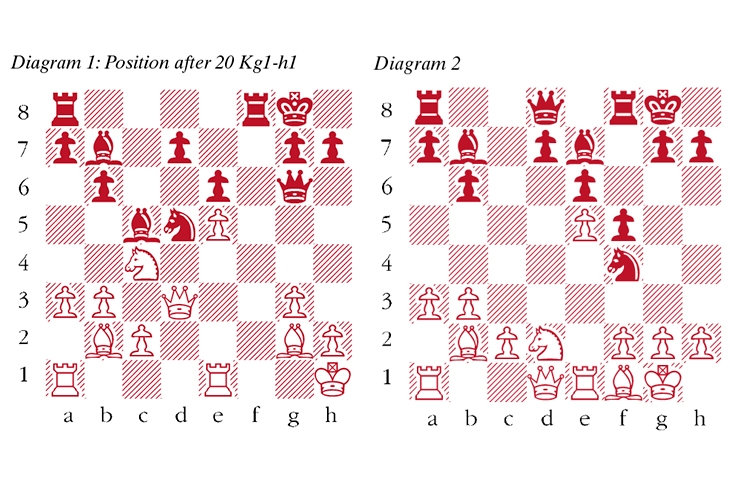I own a few chess books that could serve as a murder weapon, but none so hefty as Chess: 5334 Problems, Combinations and Games. Nicknamed ‘The Brick’ by its fans, its thousand-odd pages forgo instructional text in favour of an escalating procession of puzzles, mostly mates in 1, 2 or 3 moves. These illustrate the most important patterns in chess, which form the vocabulary of any skilled player. This is a primer with a pedigree: the book was written by Laszlo Polgar, the father of the famous Polgar sisters, who believed that geniuses are made, not born. The manifest effort of compilation demands commensurate exertion from the reader.
Later in the book, sections are dedicated to positions where the critical blow lands on squares near a Black (or White) castled king: g7 (g2), h7 (h2), and so on. It is a useful but crude classification, and I fancy that I might one day attempt a better one, approaching the task with the earnest zeal of a Victorian lepidopterist.

Get Britain's best politics newsletters
Register to get The Spectator's insight and opinion straight to your inbox. You can then read two free articles each week.
Already a subscriber? Log in






Comments
Join the debate for just £1 a month
Be part of the conversation with other Spectator readers by getting your first three months for £3.
UNLOCK ACCESS Just £1 a monthAlready a subscriber? Log in